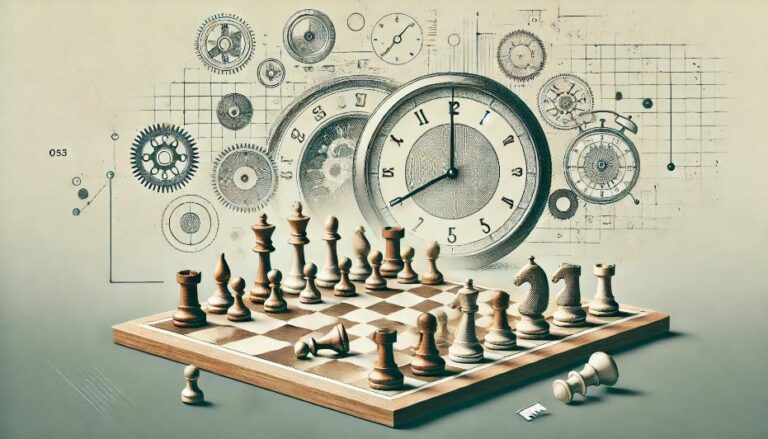Introduction
The game of chess has been around for centuries and is revered for its strategic depth and complexity. One of the key elements of successful chess play is the ability to sacrifice pieces for a greater gain. Known as the “art of sacrifice”, this technique involves willingly giving up a valuable piece in order to gain a positional or strategic advantage. In this article, we will delve into the concept of sacrifice in chess and explore how to master it effectively.
Understanding Sacrifice in Chess
Sacrifice in chess is not a random act or a desperate move made in the heat of the moment. It is a calculated and deliberate strategy used by skilled players to gain an upper hand in the game. Sacrifices can come in various forms, such as material sacrifices (giving up pieces), positional sacrifices (giving up control of a particular square), or even time sacrifices (temporarily leaving a piece undefended). The key is to understand when and how to make these sacrifices for maximum impact.
The Benefits of Sacrifices
To the untrained eye, making sacrifices in chess may seem counterproductive. After all, why would you willingly give up a piece for nothing in return? However, the benefits of well-executed sacrifices are numerous. One of the primary advantages is gaining a decisive material or positional advantage. Sacrificing a piece can lead to capturing an opponent´s important piece or securing a crucial square on the board. Additionally, sacrifices can completely disrupt an opponent´s plans and force them to spend valuable time recalculating their strategy. Another benefit is the psychological impact it can have on your opponent. Sacrifices can be unexpected and can cause your opponent to doubt their own moves and lose confidence in their game.
Factors to Consider before Sacrificing
While sacrifices can be game-changing, it is important to consider certain factors before making them. The first and most crucial element is calculating all possible lines and outcomes of the sacrifice. A single miscalculation can lead to disaster and result in a lost game. Therefore, it is imperative to carefully analyze the position and foresee any potential consequences of the sacrifice. Another factor to consider is the state of the game. Sacrifices are most effective in middlegame positions where the position is still open and dynamic. Sacrificing in the endgame, where each piece is crucial, can often backfire. The strategic value of the piece being sacrificed should also be evaluated. Giving up a minor piece (bishop or knight) may not have as great an impact as giving up a major piece (queen or rook). Lastly, the opponent´s position and possible counterplay should be taken into account. Sacrificing against a well-defended and solid position may not yield the desired results.
Mastering Sacrifice Effectively
Mastering the art of sacrifice in chess requires not only a thorough understanding of the game but also practice and experience. It is crucial to train your mind to think beyond the material and focus on the positional and strategic advantages that can be gained through sacrifices. Constantly analyzing games of top players, particularly those known for their aggressive and tactical styles, can also help in understanding when and how to make sacrifices. Additionally, solving tactical puzzles and participating in tournaments or friendly games can provide the necessary practice and experience to sharpen your sacrifice skills.
Conclusion
In conclusion, the art of sacrifice in chess is a crucial skill that can turn the tide of a game. Sacrifices should not be made recklessly but rather be calculated and planned for maximum impact. By considering the various factors and understanding the benefits, one can master the art of sacrificing effectively and take their game to the next level. With practice and experience, sacrificing will become second nature and open up a whole new world of strategic possibilities in the game of chess.


